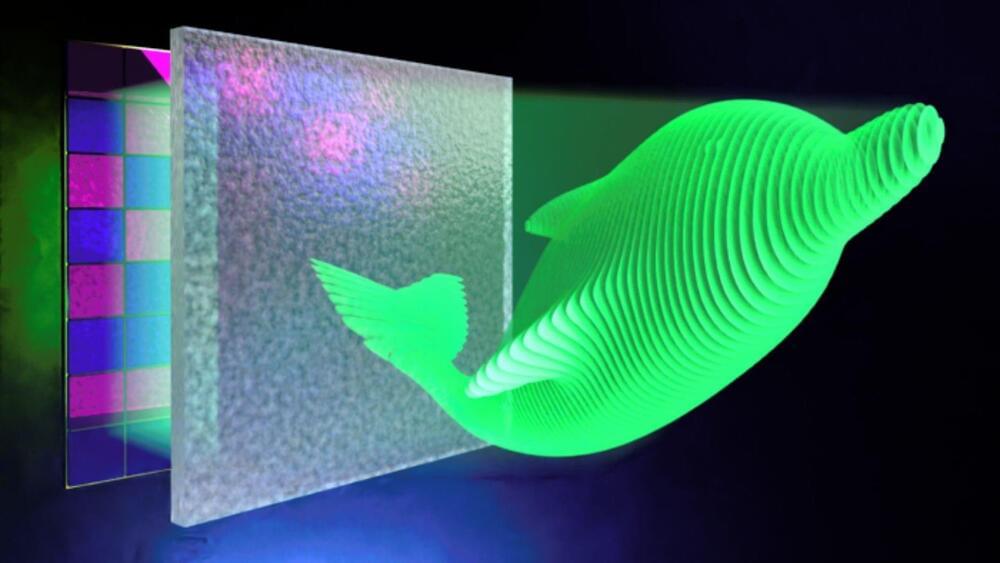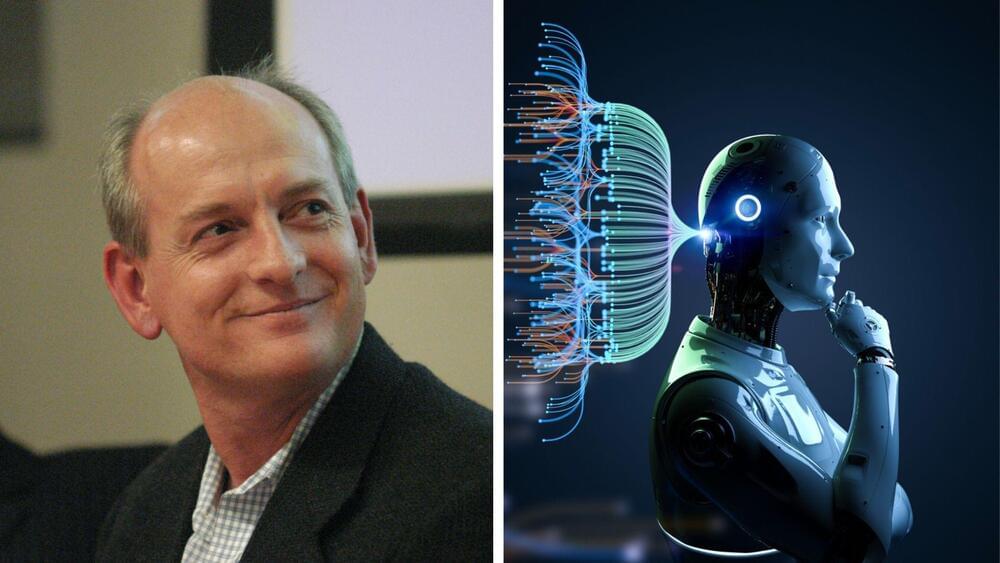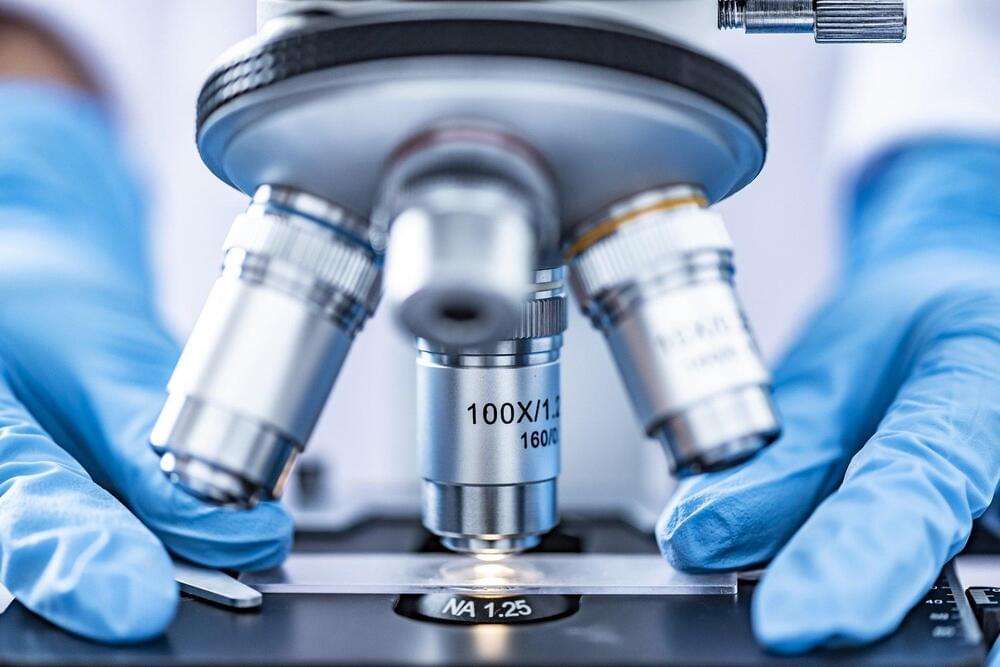Space travel, exploration, and observation involve some of the most complex and dangerous scientific and technical operations ever carried out. This means that it tends to throw up the kinds of problems that artificial intelligence (AI) is proving itself to be outstandingly helpful with.
Because of this, astronauts, scientists, and others whose job it is to chart and explore the final frontier are increasingly turning to machine learning (ML) to tackle the everyday and extraordinary challenges they face.
AI is revolutionizing space exploration, from autonomous spaceflight to planetary exploration and charting the cosmos. ML algorithms help astronauts and scientists navigate and study space, avoid hazards, and classify features of celestial bodies.







